#AVs
Report: GM’s Cruise Plans to Resume Offering Rides Before 2025
General Motors’ self-driving unit, Cruise, is hoping to resume public testing that includes offering rides before the end of the year. Reports have also claimed that it also intends on charging fares as part of an autonomous taxi service due sometime in 2025.
QOTD: Are You Afraid of Autonomous Cars?
We've talked about autonomous cars on the podcast twice in recent weeks.
You Shouldn't Be Afraid of Autonomous Cars, Here's Why
It's podcast time again. This week, we talk with Alex Roy, principal at Johnson and Roy Advisors, a company that provides strategy for companies in the AI, robotics, and transportation space, about why autonomous cars aren't so scary.
NHTSA Launches Safety Investigation Into GM's Cruise
General Motors’ Cruise may be one of the first companies in the world to field driverless vehicles as part of a commercial endeavor. But this doesn’t appear to have endeared the brand to everyday people. The business appears to be loathed by San Franciscan residents and emergency response crews, who have only gotten angrier since state regulators allowed the business to expand operations.
Sustained reports of mishaps and injuries involving the vehicles has encouraged the National Highway Traffic Safety Administration (NHTSA) to launch a preliminary investigation into the company — which may also explain why Cruise just issued a press release explaining how it’s going to remedy all of the above.
Man Attacking Cruise AV Captured on Video
One of the autonomous test vehicles operated by Cruise in San Francisco has been attacked by a masked assailant wielding a hammer — signaling that the city’s relationship with AVs has only gotten more complicated.
QOTD: Can Robotaxis Ever Work?
Yesterday we covered yet another incident involving Cruise, and we linked back to a few other stories we've written recently about problems that Cruise and Waymo are having in San Francisco.
Cruise Robotaxi Drives Into Wet Cement, More Mishaps With Fire Trucks
The robotaxi situation in California continues to get more ridiculous after additional reports of autonomous test vehicles doing something incredibly stupid. One of the driverless Chevrolet Bolts operated by Cruise apparently drove through a construction zone last week, stranding itself in wet cement. This was followed by news of yet another unsavory encounter involving a Cruise AV and an emergency response vehicle just days later.
Saying the company is fighting an uphill public relations battle would be putting it mildly.
San Francisco Traffic Stands Still After Cruise AVs Stall in North Beach
With California having approved the contentious expansion of driverless robotaxis operating in San Francisco, autonomous test vehicles showed their readiness by stalling themselves in the middle of town. The situation reportedly wasn’t the result of local activists trying to disable the vehicles or cyber warfare, but rather the result of their having lost their internet connection for a few minutes.
California Grants Cruise and Waymo Expansion Approval
Self-driving vehicles have become a contentious issue in San Francisco. The city currently serves as a public testing ground for over 500 autonomous cars being fielded by Alphabet’s Waymo and General Motors’ Cruise. But local residents have been losing patience with the vehicles, with numerous reports that they’ve been misbehaving in traffic.
While public complaints seemed to be endangering the companies’ ability to expand operations, the California Public Utilities Commission (CPUC) voted 3-to-1 on Thursday to do just that. This opens the door to allow Waymo to begin charging for autonomous taxi services, something Cruise was already doing there, and accelerate their respective AV programs within California.
U.S. Regulator Proposes Updated Rules for Autonomous Vehicles in Exchange for Data
The National Highway Traffic Safety Administration (NHTSA) proposed a new national program to update the regulations surrounding autonomous vehicles this week. Updated rules would presumably allow automakers to field more self-driving test vehicles on public roads than we’ve seen thus far in exchange for those companies sharing the data those cars collect with the government.
Due to the fact that any autonomous vehicle lacking human controls (e.g. steering wheels and pedals) have to be given exceptions from the Federal Motor Vehicle Safety Standards (FMVSS) to legally operate in populated areas, NHTSA leadership believes that having access to the data they’ve collected will be useful in informing decisions on how the rules could be changed. The claim is that the resulting information will help regulators update safety standards to incorporate self-driving vehicles. But it’s also going to be a privacy issue, as citizens have already expressed their dismay with automakers even considering sharing AV data with local authorities.
SF Residents Disable Autonomous Vehicles With Traffic Cones
San Francisco has become a hub for companies wanting to test autonomous vehicles thanks to its progressive leadership and proximity to Silicon Valley. But local residents have slowly been losing patience with the vehicles themselves as they’ve grown in number. While malfunctioning AVs are never popular with other drivers, allowing them to operate without a human safety driver has resulted in rolling reports of vehicles clogging up traffic.
Self-driving test mules are programmed to exercise the maximum amount of caution whenever they’re uncertain of how to progress. This has resulted in traffic jams that are infuriating the locals. But it has also made them incredibly easy to defeat, with activist groups leveraging their circumspect behavior to disable them by placing a traffic cone on the hood.
Ruff News for Waymo After Test Vehicle Runs Over Dog
A Waymo autonomous test vehicle struck and killed a small dog in San Francisco last month, with news emerging after an incident report filed with the California Department of Motor Vehicles became public. While the accident is nothing in comparison to the fatal crash from 2018, where an Uber AV killed a cyclist, it still spells bad publicity for companies hoping to field self-driving vehicles with the public’s blessing.
Cadillac Super Cruise Mini Review
I’ve tested Cadillac’s Super Cruise twice this year, and I had my first taste of Ford’s BlueCruise autonomous system last year.
As a journalist who covers the automotive industry, I have plenty of opinions about autonomous driving – mainly, I don’t believe we’ll see full Level 5 anytime soon. As a journalist who’s also been able to actually test AV systems, I have come to the conclusion that for now, at least, using an AV system leaves you with very mixed feelings. Especially if you’re a car enthusiast and not someone who merely uses your car as a means of conveyance.
Waymo Briefly Sidelines Test Vehicles Due to Fog
Waymo, Alphabet’s self-driving unit, reportedly had some of its San Francisco-based test vehicles stymied by dense fog earlier in the week. Compared to some of the other incidents we’ve seen attached to autonomous test cars of late, the fog delay seems to be the most minor of mishaps. However, it’s another reminder that a lot of the systems AVs use to "see" have yet to overcome inclement weather.
GM's Cruise Recalls 300 AVs After San Francisco Bus Crash
General Motors' self-driving arm, Cruise LLC is recalling 300 robo-taxis after one of its vehicles crashed into a San Francisco bus on March 23rd.




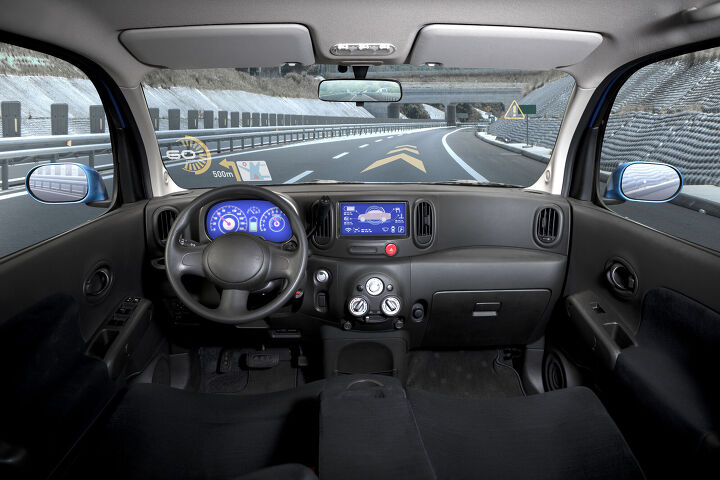
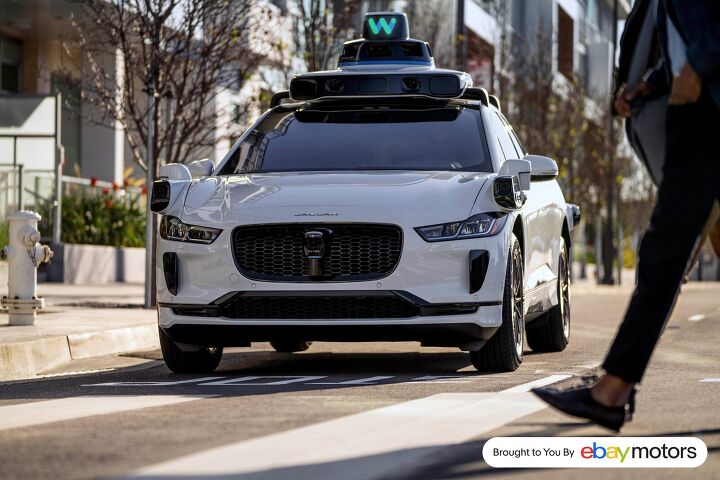
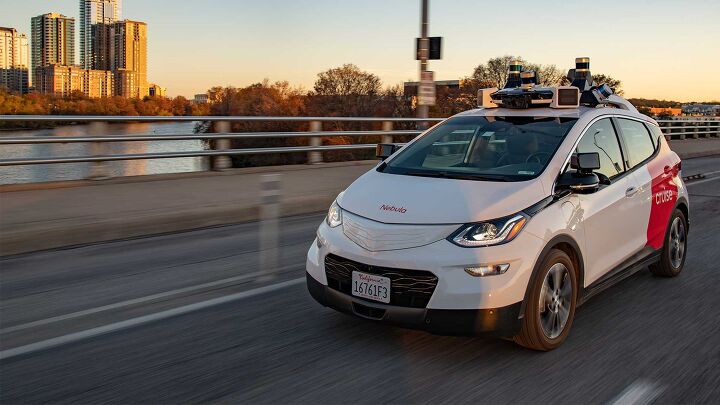
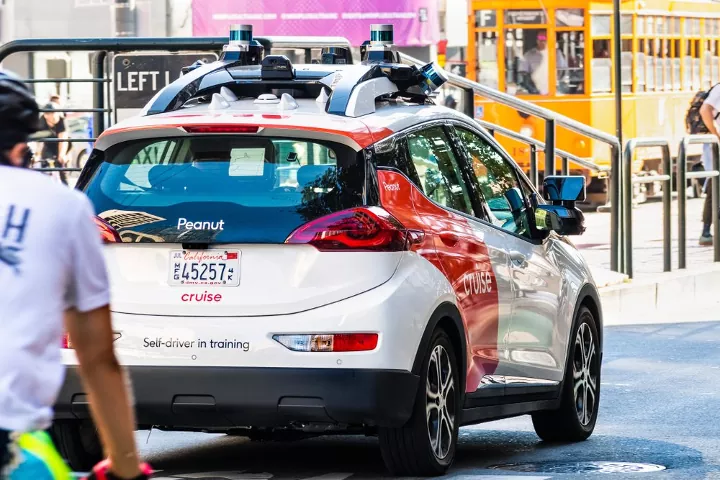




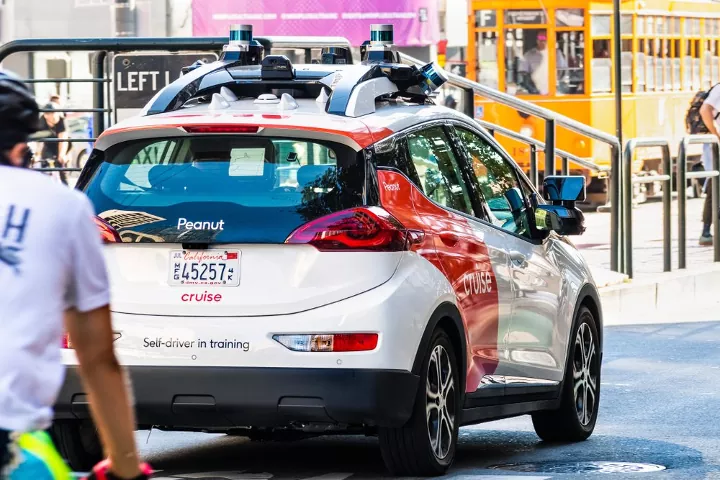
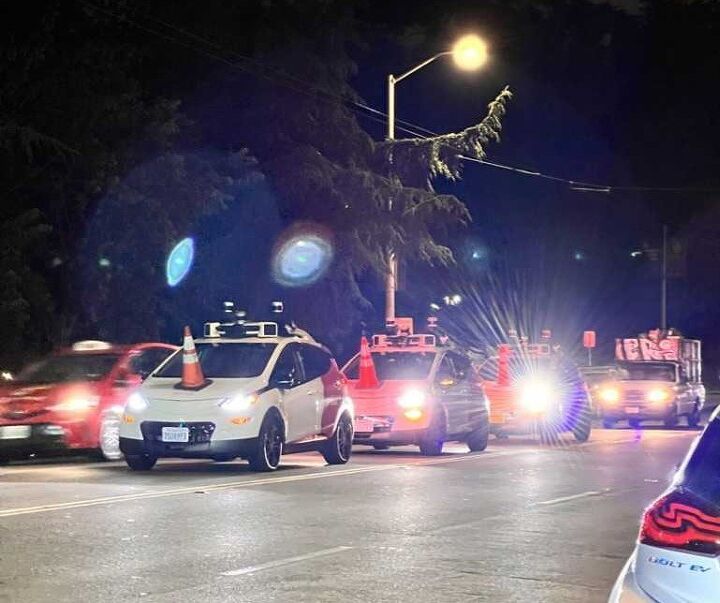

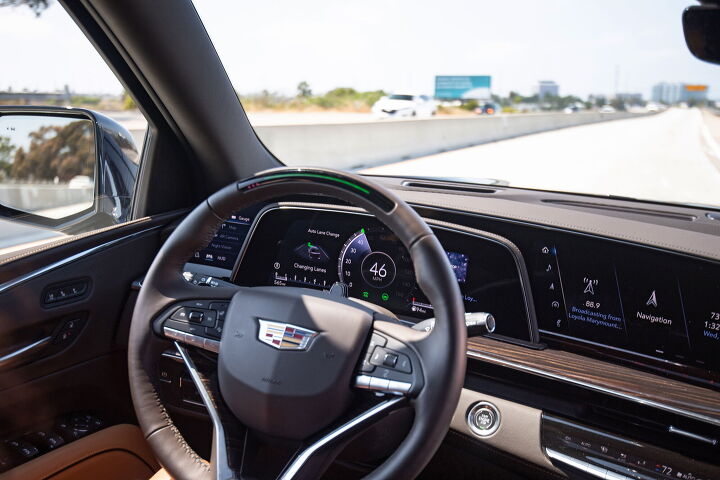
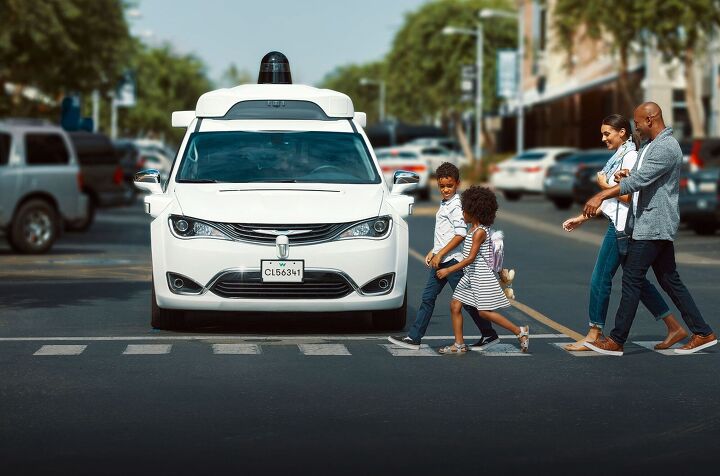
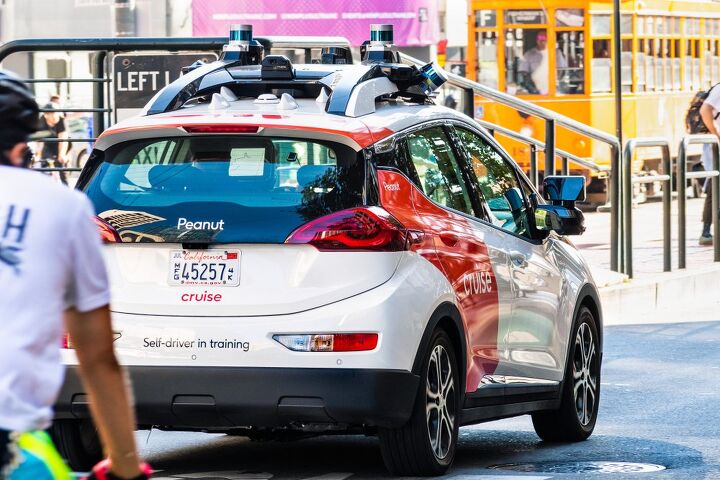












Recent Comments